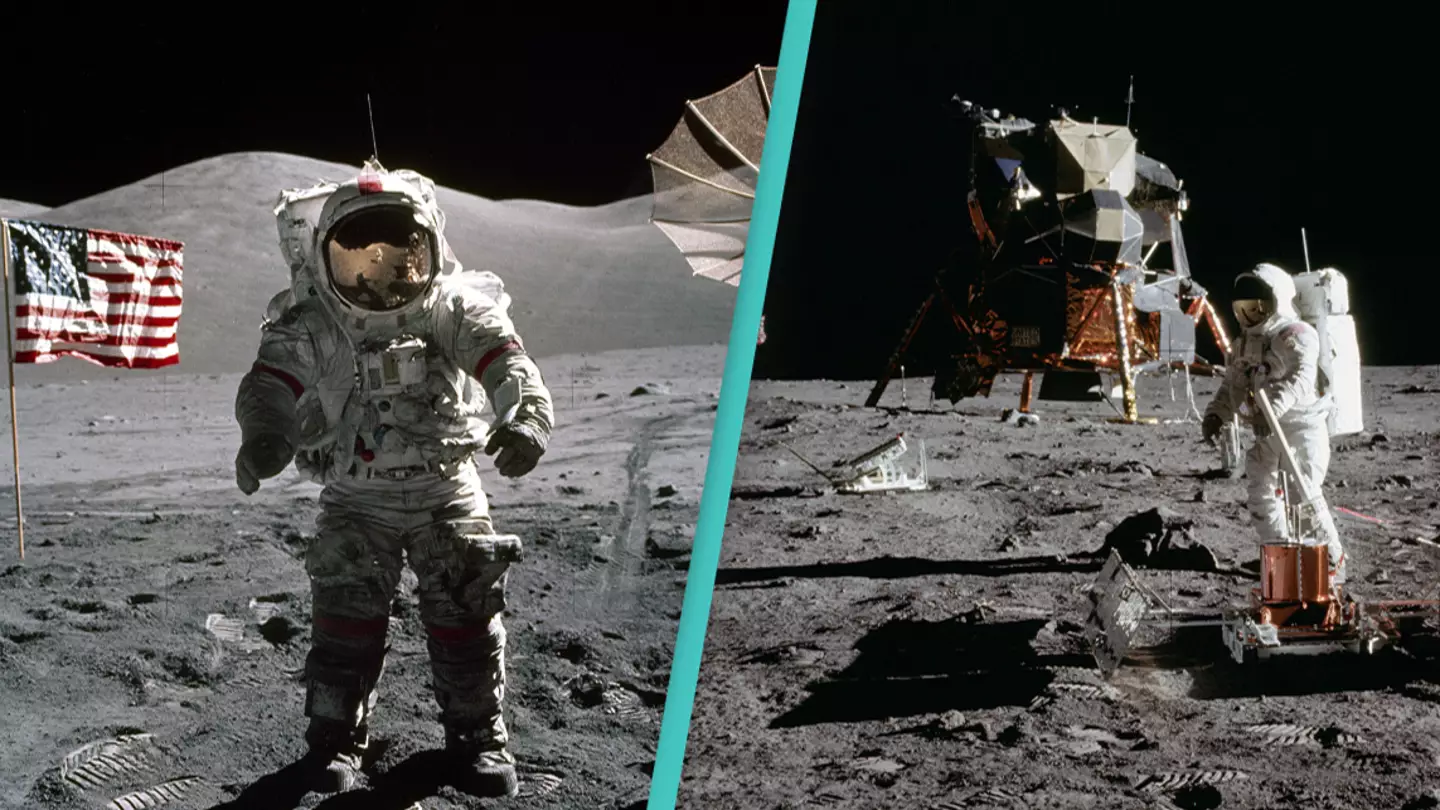
The Enigmatic Polymath
Jabir ibn Hayyan, also known by his Latinized name Geber, was born around 721 CE in the flourishing intellectual milieu of Kufa, in present-day Iraq. His multifaceted genius spanned numerous disciplines, from medicine and astronomy to philosophy and engineering, but it was in chemistry—or alchemy as it was known in his time—where he left an indelible mark.
Unlike his contemporaries, Jabir approached alchemy with a blend of mystical zeal and scientific inquiry. He viewed substances not just as mere compounds but as manifestations of deeper metaphysical principles. His work, therefore, oscillates between the tangible and the arcane, the empirical and the esoteric, making his legacy both profound and complex.
The Discoveries: A Cornucopia of Substances
Jabir ibn Hayyan’s explorations led him to identify and isolate 19 distinct substances, a feat unprecedented for his era. Among these were substances that would later become pivotal in various fields of science and industry:
- Aqua Regia: This potent mixture of nitric and hydrochloric acids can dissolve gold and platinum, earning its name—royal water. Jabir’s work with aqua regia demonstrated an early understanding of chemical reactivity and solution chemistry.
- Sulfuric Acid: Known as oil of vitriol in Jabir’s time, sulfuric acid is one of the most crucial industrial chemicals today. Jabir’s methods for its preparation via the dry distillation of minerals laid the groundwork for large-scale production.
- Nitric Acid: Another cornerstone of modern chemistry, nitric acid was first described by Jabir. His innovative methods of synthesis and purification marked significant advancements in the study of acids and their properties.
- Hydrochloric Acid: Derived from common salt and vitriol, hydrochloric acid became a staple reagent in numerous chemical processes. Jabir’s detailed descriptions of its preparation underscored his meticulous approach to experimental methodology.
- Mercuric Oxide: Jabir’s experiments with mercury compounds expanded the understanding of metal oxides and their properties. His work hinted at the principles of chemical reactivity and compound formation.
These substances, among others, were meticulously documented in Jabir’s extensive corpus of writings, which reportedly spanned several hundred treatises. His systematic methods and detailed experimental protocols prefigured the modern scientific method, emphasizing observation, replication, and verification.
The Alchemical Vision: Bridging the Mystical and the Empirical
Jabir’s alchemical vision was deeply influenced by the Hermetic and Gnostic traditions, which viewed material substances as reflections of spiritual realities. He believed that by understanding the properties and transformations of substances, one could unlock deeper truths about the nature of existence itself.
This synthesis of mysticism and empiricism is evident in his magnum opus, the “Kitab al-Kimya” (The Book of Chemistry). In it, Jabir expounds on the transmutation of substances, the purification of metals, and the creation of elixirs, all within a framework that marries metaphysical speculation with precise experimental procedures.
The Legacy: A Foundation for Future Science
Jabir ibn Hayyan’s influence extended far beyond his lifetime. His works were translated into Latin in the Middle Ages, profoundly impacting European alchemy and the nascent field of chemistry. Figures such as Albertus Magnus and Roger Bacon drew heavily on Jabir’s treatises, incorporating his discoveries and methodologies into their own work.
Moreover, the Jabirian corpus introduced critical concepts that would later be central to modern chemistry. These include the use of controlled experiments, the importance of quantification in chemical processes, and the systematic classification of substances.
The Eternal Alchemist
Jabir ibn Hayyan remains a towering figure in the history of science, a testament to the enduring power of intellectual curiosity and interdisciplinary exploration. His legacy, shrouded in the mystique of alchemical tradition, continues to inspire and challenge modern scientists. As we delve deeper into the secrets of the natural world, we stand on the shoulders of this alchemical maestro, whose visionary blend of the mystical and the empirical set the stage for centuries of scientific discovery.
In celebrating Jabir ibn Hayyan, we honor not just the father of chemists, but a polymath whose quest for knowledge transcended the boundaries of his time, leaving an indelible imprint on the tapestry of human understanding.






